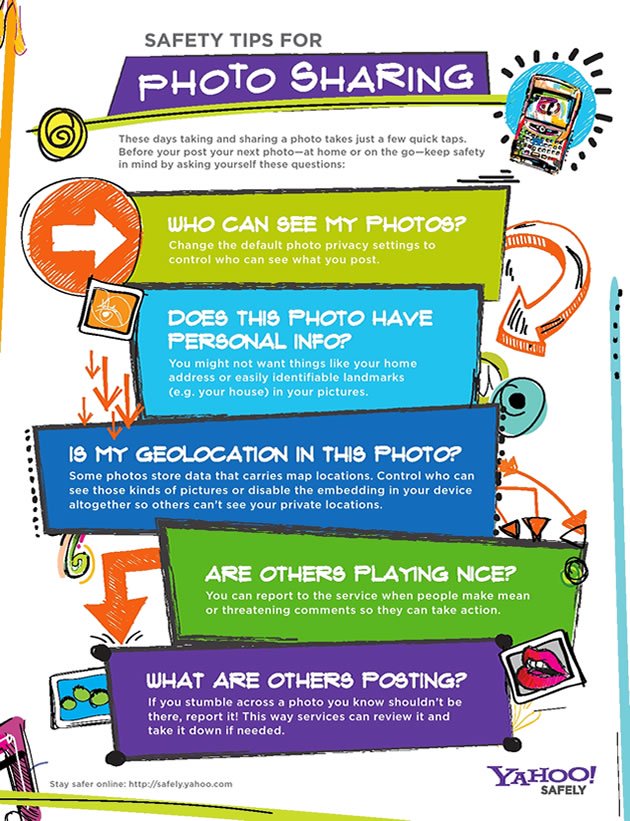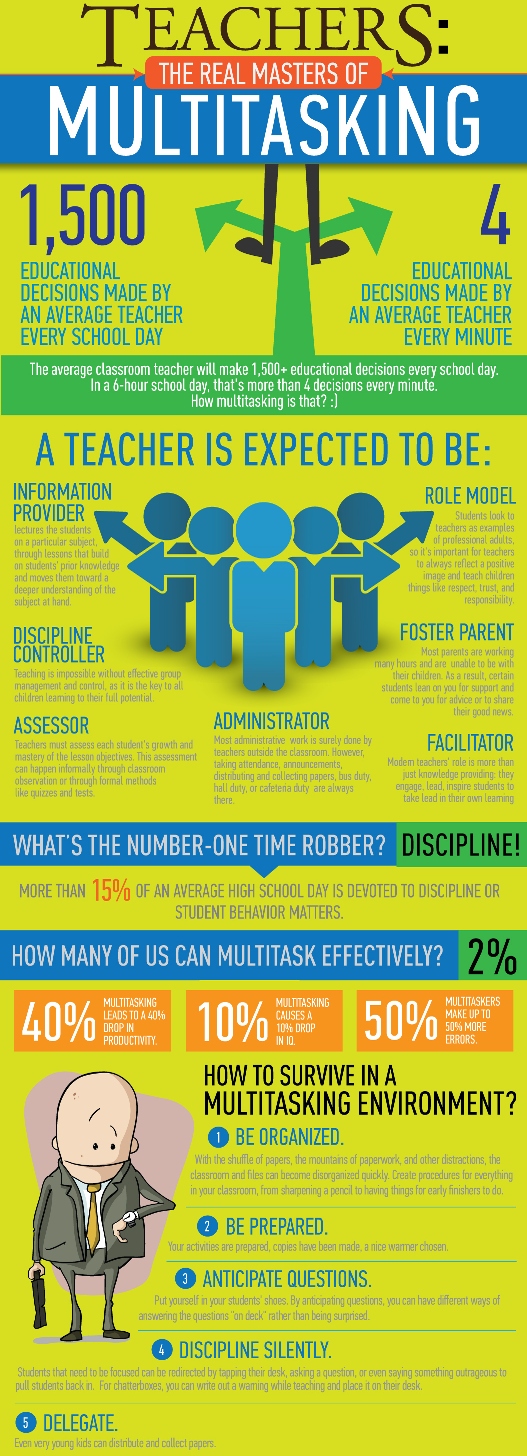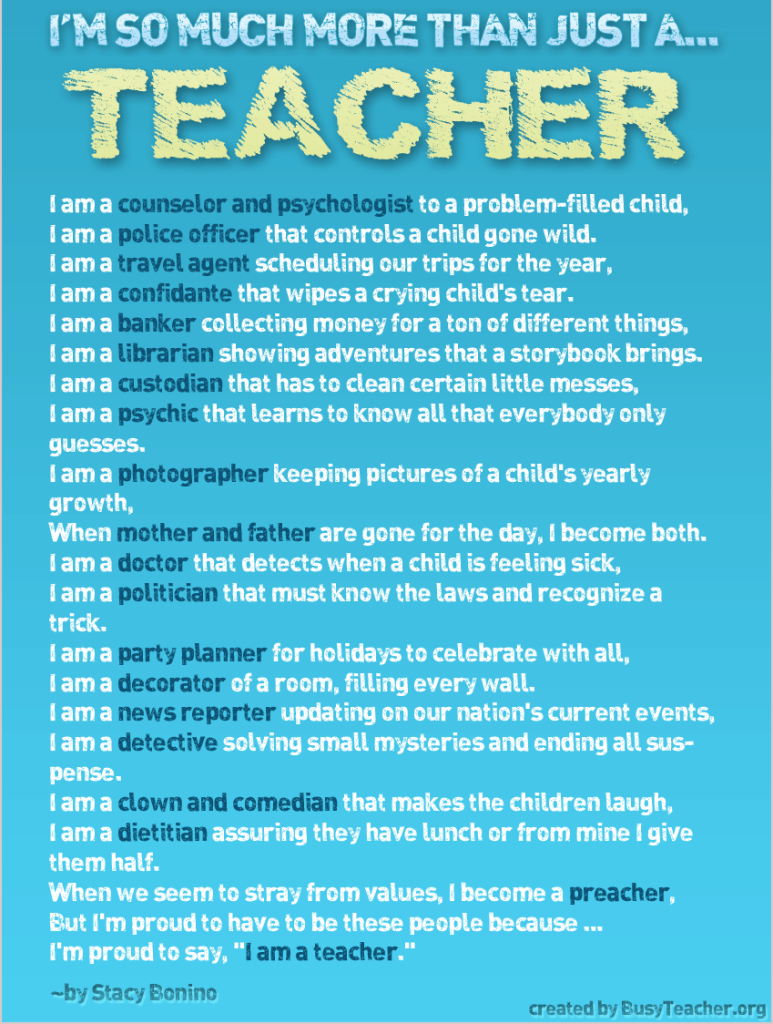Photo Sharing: The Good and the (very, very) Bad
Photo sharing is a large part of our social media presence. Facebook, Twitter, Instagram, and Snapchat are all apps that are largely, or completely, revolved around photo sharing. I am an avid user or social media outlets and I share photos of myself, my friends, and my family. In addition, I like seeing updates from my friends and family members through photos that they share. However, as a 21-year-old, I feel like I am responsible in the way that I conduct myself on social media.
But can photo sharing go wrong? What happens when children have not adequately been taught how to properly use social media and been given safety tips for photo sharing?
Lets look at Amanda Todd’s story.
Amanda Todd was a 15-year-old girl from British Columbia that got caught up in the negative world of photo sharing. While in an online chat room, Amanda was convinced to show her chest to a man on the other side. Unbeknownst to her, the man took screen caps of Amanda and later used them to blackmail her to get more “action” from her. Eventually, the photos were shared with Amanda’s friends and family. In the midst of all of the blackmail and bullying caused by the photos, Amanda Todd made the following video:
One bad lapse in judgement led to a photo going viral, bullying of all forms (especially cyber bullying), and eventually a suicide. Amanda committed suicide about a month after posting this video on YouTube.
This is clearly a tragic example of how what we do on the internet and what we share with others can have repercussions that we cannot reverse. Throughout the story, we learned that people continued to taunt Amanda, even when she was at her lowest during her self-harm. Teenagers can be cruel in these cyber situations, not realizing the full implications that their words and comments can have on the lives of real people.
Luckily, there are many people who have been outraged by what happened to Amanda. Most importantly, there are many teens that have been outraged. Watch the following video to see teens discussing Amanda Todd’s story, their own experiences with bullying, and their thoughts on internet safety.
This story is an clear explanation on why we have to teach our students the importance of internet safety, especially concerning photo sharing. Below are a list of questions we should all ask ourselves before posting a photo on social media. Photo sharing is a trend that will not be going away anytime soon. Therefore, it is important that we make lessons on this topic for the safety of our students.









